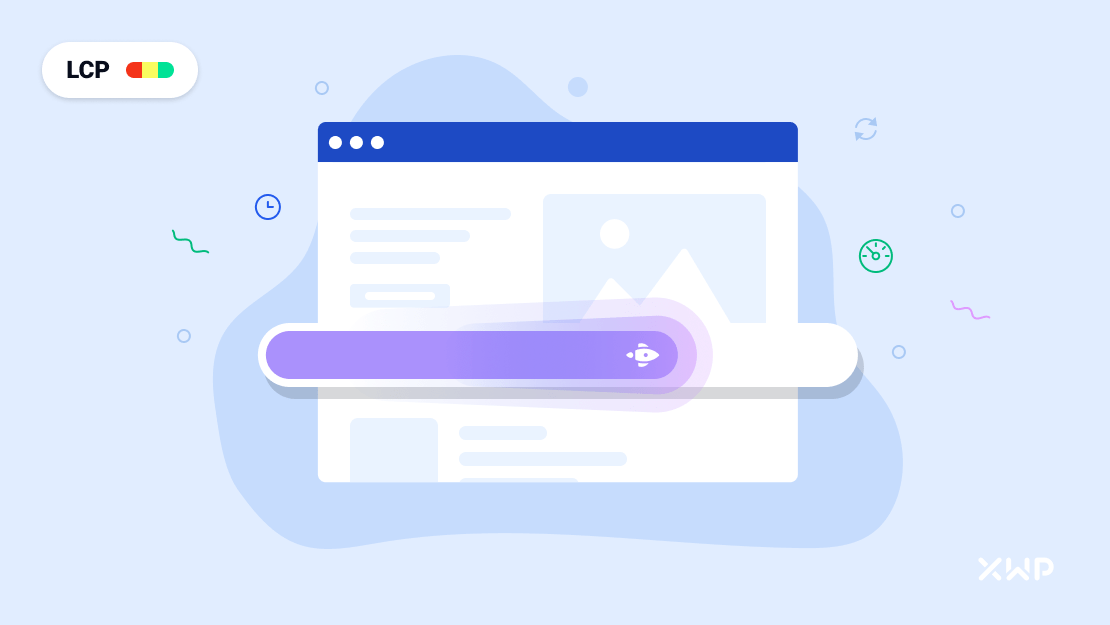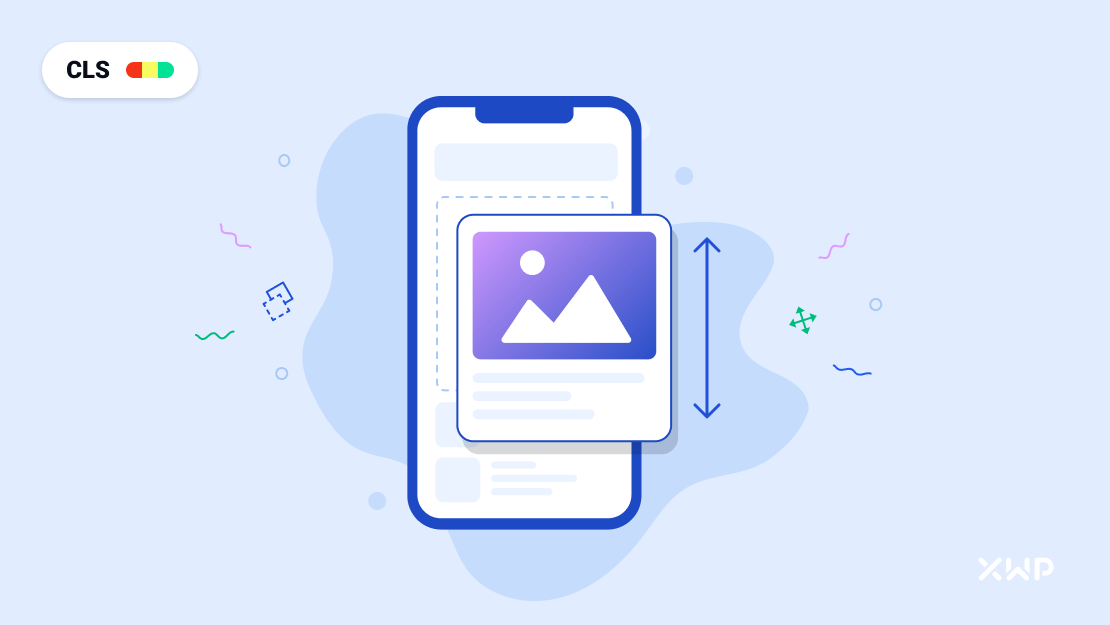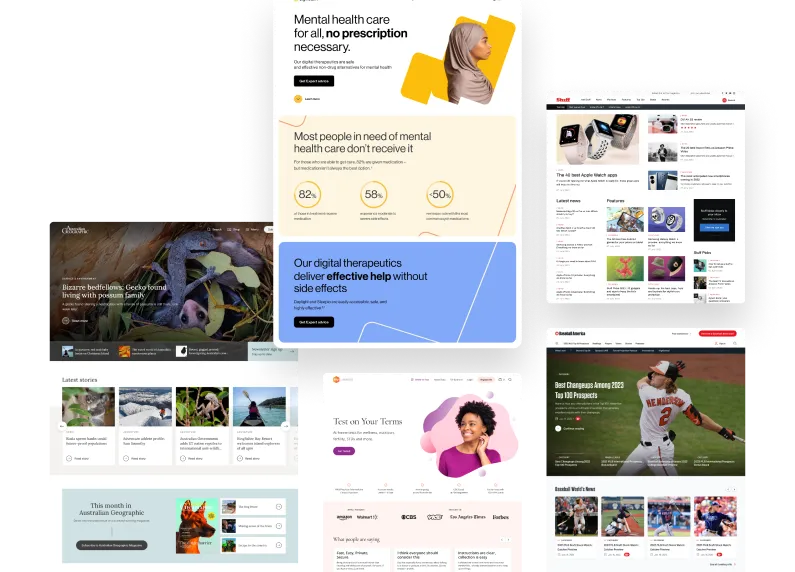Good performance has always been an advantage for SEO, but now it’s a requirement. Since the end of 2021, Google has been factoring page experience signals such as Core Web Vitals into their ranking criteria for websites, and those who don’t consider performance could see their SERP positions drop.
Google has always been user-centric. From making page load time a ranking factor and mobile-first ranking to eliminating keyword stuffing, they’ve constantly encouraged website owners to create a better user experience. Core Web Vitals (CWV) are yet another push in that direction.
Websites now include page experience signals such as CWV as a ranking factor. This means that page speed and performance play a much bigger role in how Google ranks websites in search results, in addition to keywords and other ranking factors.
What Exactly Is Page Performance?
What a question! Performance is a term packed with meaning. We’ve written on performance before and what’s most important for you to look for when doing a performance audit. Here’s a quick recap:
Technology:
How well is your site built? How well is it maintained? Most of all, how much bloated code is waiting to get trimmed down? All of this can affect how fast your site loads and responds.
Looking for best practices for your platform? Check out our article How to Build a Rocket: Best Practices for Better Web Performance
UX and Usability:
If a user can’t navigate your site, it doesn’t matter how fast it is. They’ll never convert, they’ll never learn about your product or service. How a user interacts with your site should be design concern #1.
Learn more about UX and Usability Performance in our article the The Role Performance Plays in User Experience.
Conversions:
You could have the fastest, most user-friendly site in the world, but if it’s not converting, it’s not performing. You should be testing, gathering data, and changing your site often to ensure it’s performing the way you want.
Retention:
Just like conversions, if your site isn’t doing a good job holding onto the customers you’ve already got, you’re losing opportunities, and money. Keep your current customers happy, and they’ll attract new ones for you.
So, you’re asking, if there are so many different ways to talk about performance, how exactly is Google going to measure my site? Great question! Google’s got a need…a need for speed…and good UX.
How Does Google Measure Page Performance?
In 2020, Google introduced Core Web Vitals, their measurements for page speed and performance (which are based on a significant amount of testing and research). While there are a number of different factors that affect a page’s overall score, there are three that have the biggest impact on your page ranking.

Largest Contentful Paint (LCP)
Your LCP score represents the amount of time it takes for a page’s main content to load. While some metrics like Speed Index and First Meaningful Paint are more about the bigger picture, LCP helps analysts understand (roughly) when a user can see the biggest part of content when a page loads.
How Is LCP Score Determined?
PageSpeed Insights determines a page’s LCP score by looking at when in a page’s load cycle certain elements are loaded, including:
<img>tags,<image>tags inside<svg>tags,<video>tags,- Background images loaded using the function
url()instead of CSS gradient, - Text nodes or inline text elements inside block-level elements,
- And much more.
Want to learn more about LCP? Check out our article: Largest Contentful Paint (LCP): The Moment of Truth

First Input Delay (FID)
If a user clicks on a link or button, they expect an almost instantaneous reaction. FID measures how long it takes for a site to respond to that action.
While FID isn’t the end-all-be-all of page speed and performance, it is a good indicator of how well your site functions in real conditions— something which is A user’s device, browser, processor, and memory availability can all affect FID.
FID (in addition to the Total Blocking Time & Time to Interactive), can be lab-measured and are part of your Lighthouse scoring—meaning your Google Search Console will show the real experience your visitors are getting. This makes it a useful tool when setting a performance budget.
Learn all about how FID works in our guide: First Input Delay (FID): Think of the Elevator Button

Cumulative Layout Shift (CLS)
Chances are, you’ve been on a website, ready to start scrolling or reading an article, when all of a sudden all of the content shoots down the screen to make way for a gigantic ad. No? Then you’re lucky. The amount of space content moves in a given window to make way for other elements is called CLS, and it confuses (and irritates) users like nothing else.
It’s a serious problem when it comes to website development and user-centric design. While it’s preventable, it requires a significant amount of effort and reviewing what your users are experiencing as Real User Metrics (RUM) data is analyzed. CLS is a major part of the friction that users experience online, which can drive them away from your site.
What Does It Mean for Me?
Good performance has always been an advantage for SEO, but now it’s a requirement.
Load times, layout shifts, and user experience are all things that experienced engineers will already consider when creating a new site. But up until now, there have been no hard rules in place around how this affects search ranking.
Marketing departments and developer teams have to work closely to enact ranking improvement strategies, as Google’s definition of ‘user experience’ extends beyond keywords and content.
But lots of people are still unprepared.
According to a study from Advanced Web Ranking in which they analyzed the Core Web Vitals metrics of over 3 million websites, only 39% of analyzed web pages passed the CWV metrics. With such a small amount of the market meeting the preferred standard, there is a clear advantage for those who invest in performance.
Change can be scary—especially when it comes to search ranking and visibility, but the shift in focus towards page experience for search ranking is a positive step towards creating a more performant web. It rewards best practices and those sites which serve their users most effectively, and soon it will be second nature to us all.
Since 2018, our team has been working to build a more performant web, one site at a time. Through years of experience, we’ve developed a unique approach to pinpointing performance improvements that can have a meaningful impact on Core Web Vitals scores.
Are you ready to reap the potential SEO benefits that our team of performance experts can provide? Contact XWP today for a performance review to see how we can help.


